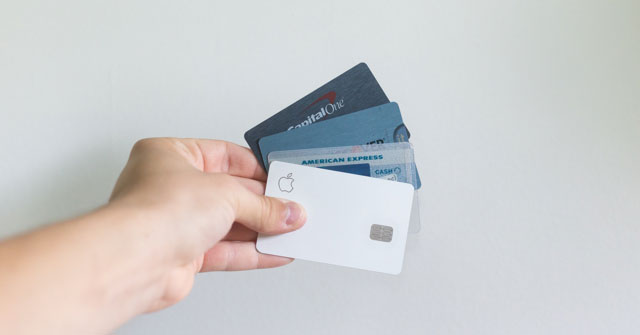So, my oldest daughter is heading off to college in just a couple short months! It is such a good time to make sure she understands credit and how it works. These kids will have everything being flashed in front of them at school and I want her to make the best choices for her “credit” future. I want that for all our kids, so I have some facts and realities here and a couple simple suggestions on how we(myself included), might get them started down the right path!!
How to Teach Your Teens About Credit Cards
As the world becomes more complicated, you have the responsibility to guide your children the best you can. One of the most trying subjects to teach your kids about is how to appropriately manage money.
More specifically, teenagers develop great interests in the almighty credit card.
Credit cards are not to be taken lightly at any age, but especially during adolescence.
How can you educate your teens about the use of credit cards?
These strategies will help them learn to use credits cards responsibly:
1. Ask where the money will come from. Insist your teens know specifically where they’ll get the money to pay off the credit card charge before they charge anything.
2. Encourage responsibility. Explain that your teens are responsible for paying their credit card bill on time. In addition, require them to pay off their credit card balance within 30 days. Discuss how interest charges and other fees work and that paying such fees is like giving away their money for nothing.
Take care to listen to how your teen takes part in this discussion. If you determine your teen requires more maturity or understanding of the information, avoid giving them a credit card and explain briefly how you arrived at your decision.
3. Consider starting with a limited balance credit card. Have your teenager save money until a certain amount accumulates. Then, accompany them to your banking institution or a store to obtain a pre-paid card.
Even though your teen paid for the card with their own money, it’s a good idea to tell them to make every effort to stretch out their use of the card.
A benefit of this method is that your child saved the money upfront before actually charging items.
They can, therefore, understand that the credit card balance is tangibly their own hard-earned money. The downside of this method is it may not teach your child the responsibility of charging only what they can pay off within the next month.
4. Provide a credit card to replace weekly allowance. Consider converting their allowance to a monthly credit card balance. This method allows them to learn about credit card management. Consider this example:
You normally pay your teen $30 cash weekly allowance. When they turn 16, state you’ll now provide a credit card rather than the $30 cash weekly. Explain that they can charge up to $120 per month (4 weeks times $30 equals $120) as you’ll pay up to that amount monthly to cover their credit card purchases.
Stress that if they charge over $120, they must come up with the difference to pay off any balance over the $120 when the statement arrives.
If they charge over $120 for the month and are unable to come up with the difference, they must surrender the credit card until they pay you the difference owed (even though you’ll go ahead and pay it off to avoid monthly fees).
Using this method to teach your teen how to handle credit cards is a helpful lesson in managing their money with limited funds. Your teen learns to limit spending to stay within their means.
Teaching teens how to handle credit cards is challenging.
The good news is that if you start early with your kids about how to earn, save and spend money, they’ll easily progress to understanding the above concepts with your help and guidance.
Praise your teens’ efforts when they manage their finances and credit card issues well.
You’ll build their confidence for the future when you teach them how to handle credit cards wisely.
With Grace and Grit,
Whitney

